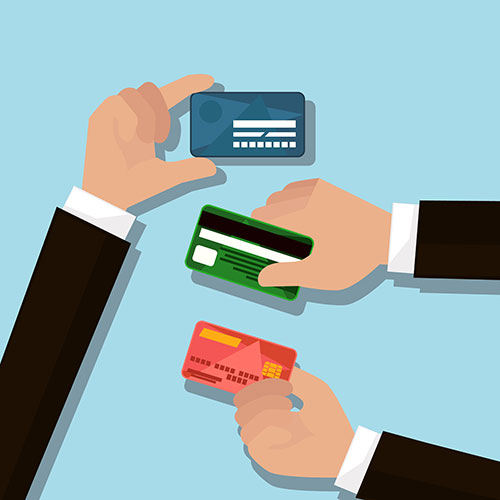Personalized glass items can communicate a sense of elegance, elegance and brand name identification. Font choice plays an essential role in developing the tone of an inscription, particularly when creating corporate presents or turning point celebrations.
Modern sans-serif fonts supply a well balanced aesthetic for inscriptions that share advancement or forward-thinking brand identifications. Try pairing them with timeless serifs to bring an extra creative flair to your layouts.
1. Flared or Streaming Details
Engraving on glass uses a range of design alternatives. For rounded objects, such as containers or containers, utilizing a rotating accessory enables regular and also engraving throughout the surface. Engraving from the within the glass enables an extra refined, decorative appearance and even a full-color paint fill.
Playful typefaces evoke power and charm, making them perfect for brand names that aim to stand out and reverberate with audiences. The overlapping, interlacing and weaving of letterforms create a feeling of motion or depth in typography that records the target market's interest and intrigue.
Readability is a crucial factor to take into consideration when choosing a typeface for glass inscription. Choosing the ideal dimension, weight and spacing enables very easy analysis at any angle or range. Font design likewise contributes, with manuscript and decorative typefaces providing an official or stylish appearance, while handwritten typefaces provide an extra personal touch. Variable typefaces enable developers to incorporate a range of designs and weights in a single file, which aids maintain uniformity and ensures that the text or graphics are still understandable.
2. Warped or Altered Kind
Embedding altered text within a layout is an efficient method to include character and make the style attract attention. This style has actually become especially preferred for logos and short taglines, as it emits a feeling of personality while likewise showing up modern and special.
Glass distortion is an usual problem that can happen throughout manufacturing, processing or setup of bent glass panels. It can be caused by the flat panel being rolled right into a bent shape, bending the glass while warming it or throughout installation.
One method to minimize the event of glass distortion is by using a top notch bent laser etching device with a rotary accessory. This approach allows you to trace the surface of the rounded panel with a pen and afterwards measure the distortion. Afterwards, you can utilize this details to establish suitable resistances for the curved panel. This process is time consuming, nevertheless, and would be a lot more reliable if maybe automated.
3. Relaxed Typography
As homes and offices shift towards minimal visual appeals, etched glass provides a sophisticated choice for including texture to a space. Its subtle charm is ideal for a contemporary interior decoration and enhances the most up to date glass production fads.
Using CNC laser technology, intricate patterns can be engraved into glass surfaces, with styles ranging from geometric to organic. This freedom allows designers to create distinct, exploring frosted glass artistic work and cater to a large range of applications.
Unlike other ornamental materials, engraved glass is appealing and engages with light to transform the setting of an area. This characteristic reels in a particular niche market of enthusiasts and raises glasses to the condition of art. The worldwide glass inscribing market is expanding because of the increasing demand for customized gifts and bespoke building components. Technical improvements and the increase of on the internet marketplaces are also driving market growth. Nonetheless, the high first financial investment expenses of advanced glass engraving machines restrict market infiltration.
4. Unintelligible Type
Engraved glass is a beautiful and functional form of art that evokes a stylish feel. From engraving the bride and groom's names on wedding champagne glasses to creating corporate honors, inscribing glass is a prominent and versatile way to develop a special product for individual or industrial use.
Glass inscription is normally done by utilizing one of numerous methods, including sandblasting, acid etching, and laser inscription. Sandblasting is extensively utilized for high-volume production, stabilizing cost-effectiveness with high quality, while acid etching provides greater levels of information and accuracy for more costs applications. Laser etching offers one of the most versatility and speed for mass modification of glass products, driving innovation in the market.
Choosing the ideal laser engraver for glass can make all the difference in your completed item. The Gweike Cloud Pro, for instance, is a fantastic selection for expert glass laser inscription, with its industrial-grade elements, curved inscription capacities, and smart set processing. Adding dampened paper towel or application tape to your workspace can additionally assist stop the surface area from becoming harsh, making certain a smoother and more consistent inscription.
